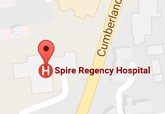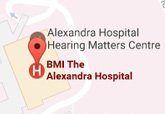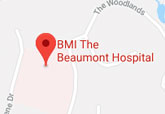Scoliosis
Symptoms
Symptoms of scoliosis may include uneven shoulders and/or hip and a prominence of one shoulder blade over the other, and protruding ribs. Advanced scoliosis can cause back pain and difficulty breathing.
Description
The spine is a curved structure. This helps with weight-bearing balance and shock absorption. Scoliosis is a three-dimensional, abnormal curvature of the spine often affecting the thoracic and lumbar regions. This condition may be present during adolescence or as an adult.
Treatments for Scoliosis
For children, treatment options are based on age, gender, and the location and severity of the curve. The curvature is monitored closely and, if necessary, managed with bracing. Bracing does not cure scoliosis, but it may impede further progression of the curve. If the curve advances despite conservative measures of the measurement of the curve is greater than 40 degrees to 50 degrees, surgical correction is often considered. With adult scoliosis, treatment planning is generally based on severity of pain and functional limits. Because of the malalignment of the spine, pain may arise from the facet joints, sacroiliac joints or nerve root compression. The pain from these conditions is managed with physical therapy, medication, facet injections, sacroiliac joint injections or epidural steroid injections. If pain persists or physical function is significantly limited, surgery may be considered. Posterior lumbar fusion (PLF) combined with pedicle screws and rods, is used to re-align the spine. Sometimes, anterior lumbar interbody fusion (ALIF) is also done to create a 360 degree fusion. (fusing the front and back portions of the spine).




